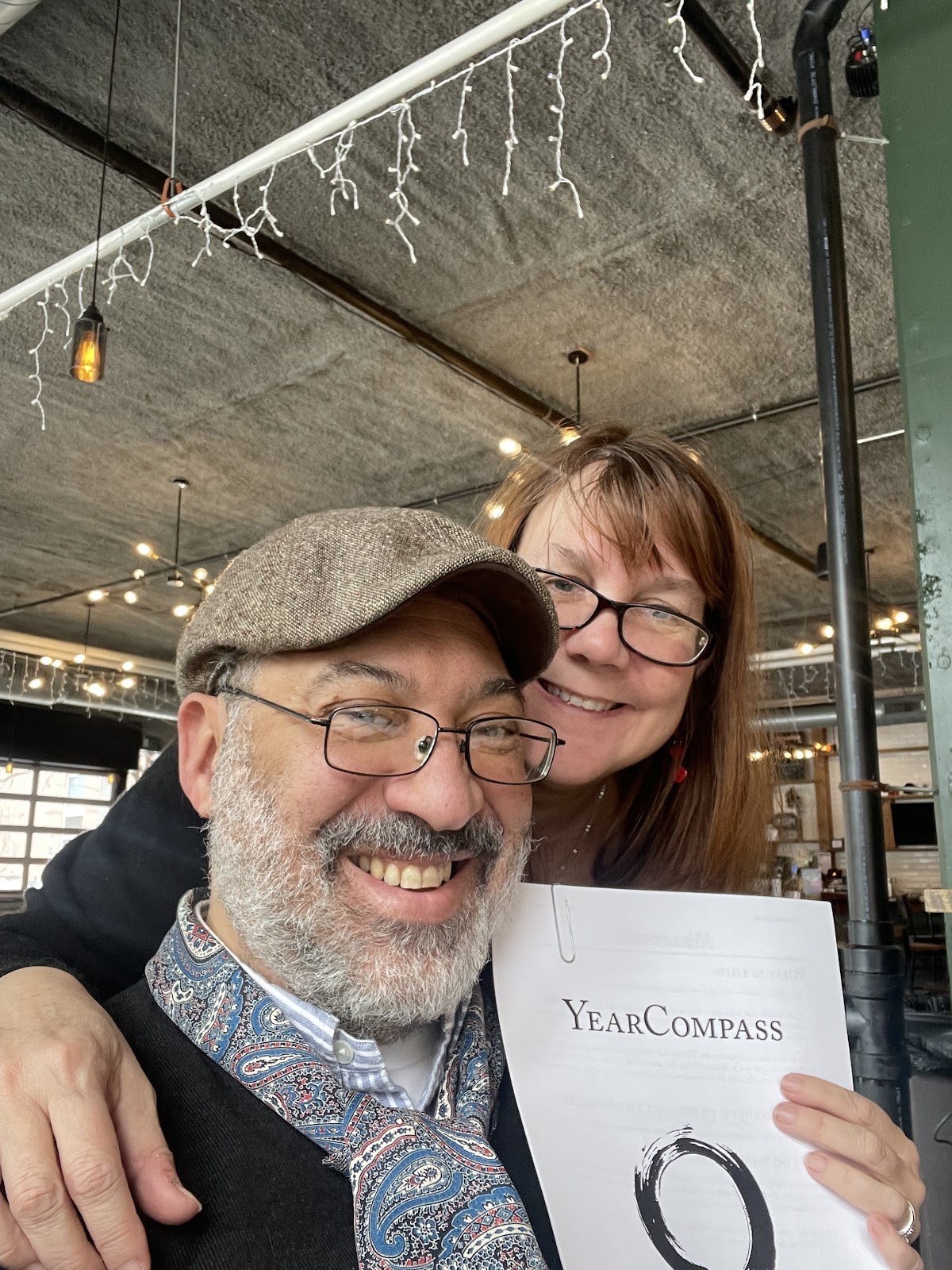In Defense of the WhileWeAreAtIts
My husband Patrick wrote a great piece about the danger of the WhileWeAreAtIts this week. Go ahead and read it; I'll wait.
He's got a lot of good points. Especially in the technology field that he often works in, the WhileWeAreAtIts can easily sink an entire project. The way they can delay a project's ending is astounding and problematic. In any project, they need to be accounted for.
Our major house project this summer has been redoing the floors, and they have inspired quite a number of WhileWeAreAtIts. The refrigerator was empty — time to really clean it out and get rid of the random condiments. The closets were empty — time to repaint and add some shelving space. We need a new guest room/covid room (because let's be serious, we are far more likely to use it for covid isolation than a guest room) bed. Beatrix needs a new bedroom set. Time to deep clean everything. Let's frame those porch portraits. The library needs a new valance.
(As an aside, look at these closet before and afters. Kind of amazing, huh?)
Before:


After:


But this is the other thing about the WhileWeAreAtIts. They are almost always deferred maintenance that you SHOULD have done some time ago. However, the time spent in in any project is the prep. For example, if I had had to empty the closets out and prep them, it would have taken several hours each, and I would have had to have a place to temporarily store their contents. It just was not high enough on my priority list to actually do it — nor should it have been.
However, when they were done as part of the WhileWeAreAtIts, sure, they delayed putting things away and that's frustrating. But the prep time was substantially reduced. I could take care of this relatively minor task as part of a larger whole, devoting substantially less time and energy to it. The project feels better, and more complete, and I am a lot happier with it. The ROI on change achieved to time invested is much higher.
I'm happy enough with it, for example, that I am trying to suss how to apply this to client work. For example, I am working on an access plan for a non-profit located in a historic library. Normally, I would take the "where we are now" as a de facto starting point, and devise the plan from there. But this time I developed the starting point into a 17-page, illustrated document that chronicled where the client was now before I determined where they should go. This will help them measure impact, and build support for change. It's not necessary, but it makes the project, in my opinion, A LOT better.
How can you rethink the WhileWeAreAtIts to serve to your advantage?
He's got a lot of good points. Especially in the technology field that he often works in, the WhileWeAreAtIts can easily sink an entire project. The way they can delay a project's ending is astounding and problematic. In any project, they need to be accounted for.
Our major house project this summer has been redoing the floors, and they have inspired quite a number of WhileWeAreAtIts. The refrigerator was empty — time to really clean it out and get rid of the random condiments. The closets were empty — time to repaint and add some shelving space. We need a new guest room/covid room (because let's be serious, we are far more likely to use it for covid isolation than a guest room) bed. Beatrix needs a new bedroom set. Time to deep clean everything. Let's frame those porch portraits. The library needs a new valance.
(As an aside, look at these closet before and afters. Kind of amazing, huh?)
Before:


After:


But this is the other thing about the WhileWeAreAtIts. They are almost always deferred maintenance that you SHOULD have done some time ago. However, the time spent in in any project is the prep. For example, if I had had to empty the closets out and prep them, it would have taken several hours each, and I would have had to have a place to temporarily store their contents. It just was not high enough on my priority list to actually do it — nor should it have been.
However, when they were done as part of the WhileWeAreAtIts, sure, they delayed putting things away and that's frustrating. But the prep time was substantially reduced. I could take care of this relatively minor task as part of a larger whole, devoting substantially less time and energy to it. The project feels better, and more complete, and I am a lot happier with it. The ROI on change achieved to time invested is much higher.
I'm happy enough with it, for example, that I am trying to suss how to apply this to client work. For example, I am working on an access plan for a non-profit located in a historic library. Normally, I would take the "where we are now" as a de facto starting point, and devise the plan from there. But this time I developed the starting point into a 17-page, illustrated document that chronicled where the client was now before I determined where they should go. This will help them measure impact, and build support for change. It's not necessary, but it makes the project, in my opinion, A LOT better.
How can you rethink the WhileWeAreAtIts to serve to your advantage?



Comments